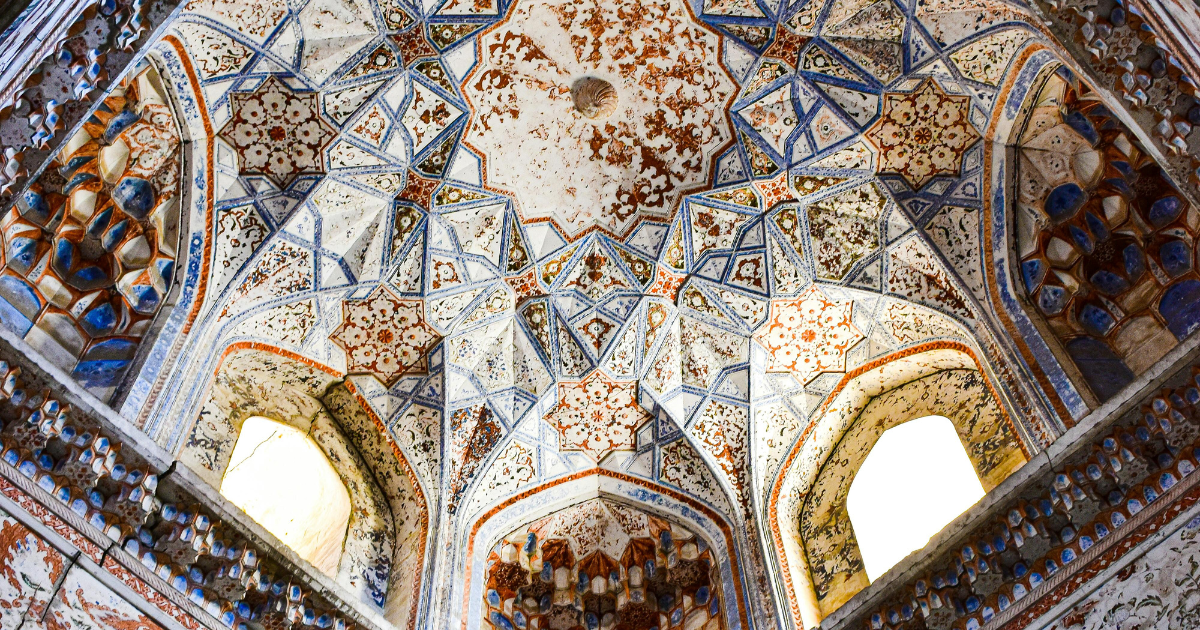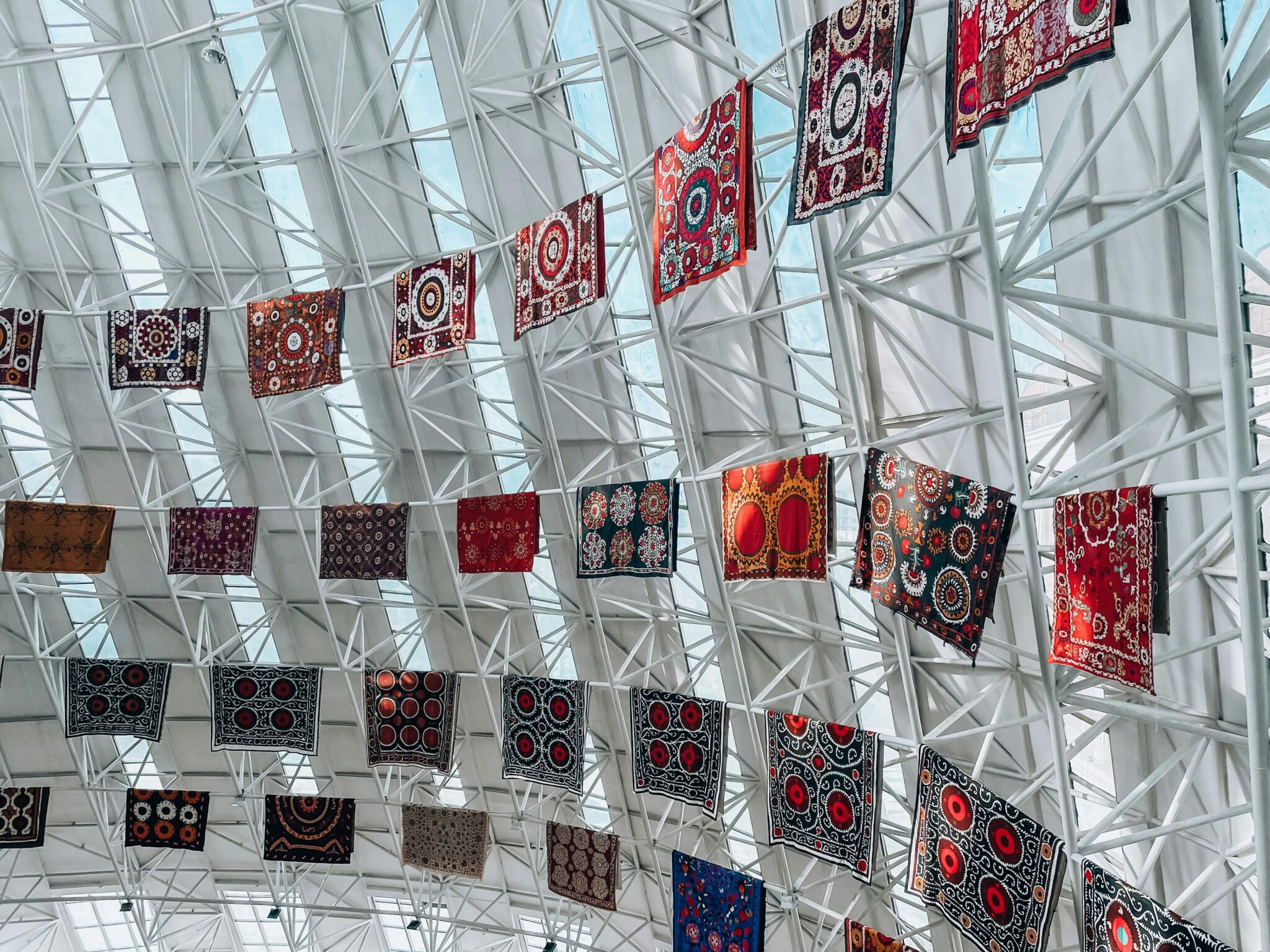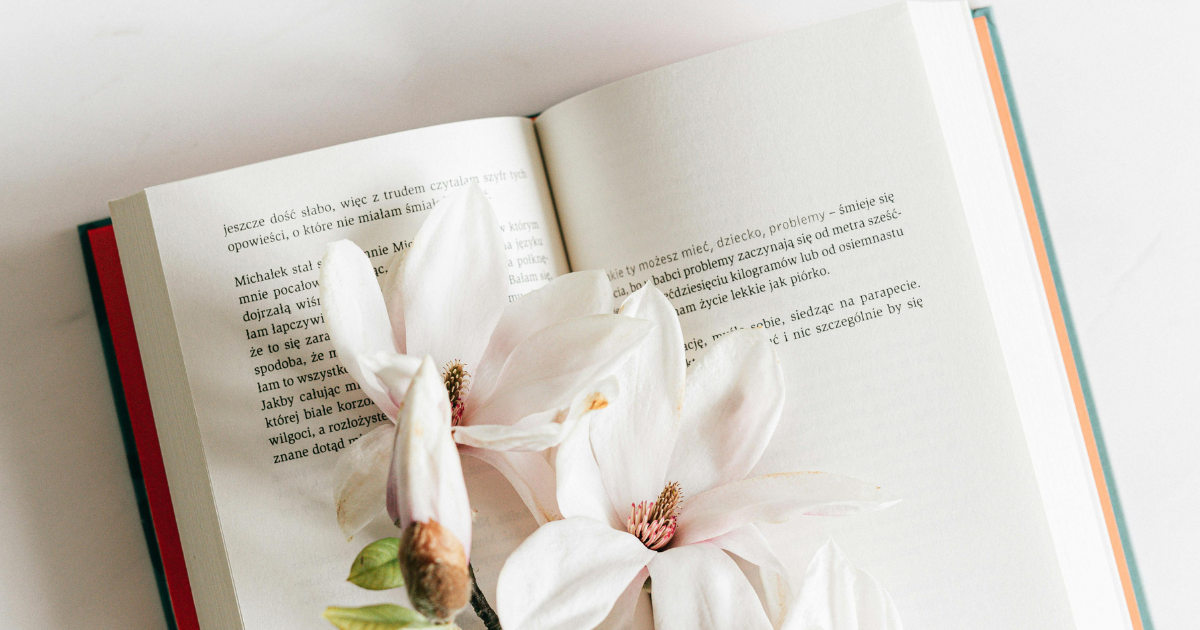The hidden language of Uzbek patterns: the magic of ancient motifs and their influence on the modern world
Uzbek ornaments become timeless symbols, connecting generations and inspiring modernity

Every time you come across an Uzbek jug or a vibrant suzani, you may not realize that these objects carry thousands of years of history, ancient magic, and hidden messages passed down through generations. These patterns are not merely decorative; they are encoded symbols that unveil secrets of the past while addressing the questions of the present. Let’s dive deeper and discover how Uzbekistan’s ancient motifs resonate with contemporary trends, captivating even the most discerning designers and collectors worldwide.
Today, boho and ethnic styles are all the rage. You may have noticed stunning interior setups in fashion magazines where large ceramic plates adorned with Eastern patterns take center stage. This is no coincidence. Ancient Uzbek designs are experiencing a remarkable revival.

Photo: Pexel
The patterns on ceramics, whether a vivid floral design or intricate geometry, carry symbolism to protect homes and attract good fortune. Modern interior designers adore Uzbek ceramics for their authenticity and historical depth, seamlessly fitting into any setting, from minimalism to eclecticism. European designers often draw parallels between these patterns and ancient Roman mosaics, where each element held meaning. These shared symbols bridge the past and present, connecting cultures through universal artistic expressions.
Suzani conquers global runways
You’ll notice a surge of embroidery inspired by traditional motifs if you examine recent fashion collections. However, few realize that the patterns on suzani are more than just beautiful flowers—they are symbolic images imbued with meaning. Red poppies on suzani represent protection against evil forces, while repetitive circular designs echo ancient talismans warding off the evil eye.
Modern fashion houses like Dior and Gucci have embraced Eastern embroidery, weaving Uzbek-inspired elements into their collections. This is not just a nod to ancient craftsmanship but a testament to cultural exchange that continues to this day. Just as medieval European tapestries narrated stories through their designs, suzani communicates through a symbolic language that remains relevant, provided you know how to "read" it.
European parallels: Uzbek motifs and medieval symbols
Interestingly, ancient patterns adorning Uzbekistan’s architecture bear a striking resemblance to European Renaissance details. For example, the swastika, symbolizing the sun’s movement and the endless cycle of life, was a common motif in both Uzbek and Celtic designs.
Modern researchers, such as Harvard’s Margaret Livingston, have studied Uzbek motifs and found similarities with European alchemical symbols, which were also used for protection and fortune. These cultural intersections suggest that even in ancient times, humanity sought universal ways to express faith and hope.

Photo: Pexel
The magic of imperfection: the philosophy of Wabi-Sabi
You’ve probably heard of the Japanese concept of wabi-sabi, which celebrates beauty in imperfection. Uzbek embroidery shares a similar tradition, where artisans intentionally leave small "mistakes" in their patterns. These imperfections are believed to ward off envy and evil forces. This philosophy mirrors the European practice during the Renaissance, where artists included subtle details to emphasize humanity and imperfection.

Photo: Pexel
Modern brands like IKEA have embraced the philosophy of imperfection, incorporating handcrafted and irregular patterns into their collections. These details add uniqueness, history, and energy to each piece. When you purchase an Uzbek suzani, you’re not merely acquiring an item; you’re becoming part of an ancient tradition that preserves a connection to nature and humanity.
Why pay attention to Uzbek symbols today?
The world is experiencing a renaissance of interest in authentic crafts and cultural heritage. Uzbek symbols have become integral to international fashion collections, stylish interiors, and contemporary art. In an era of digitalization, as we drift further from nature and history, patterns preserving millennia of memory serve as sources of strength and harmony.
Uzbek creations are genuine artifacts capable of infusing your home with energy and inspiration. And if one day, as you examine the intricate design of a suzani or a ceramic plate, you feel a sudden urge to learn more, it means the magic of ancient artisans is still alive and working its wonders.


